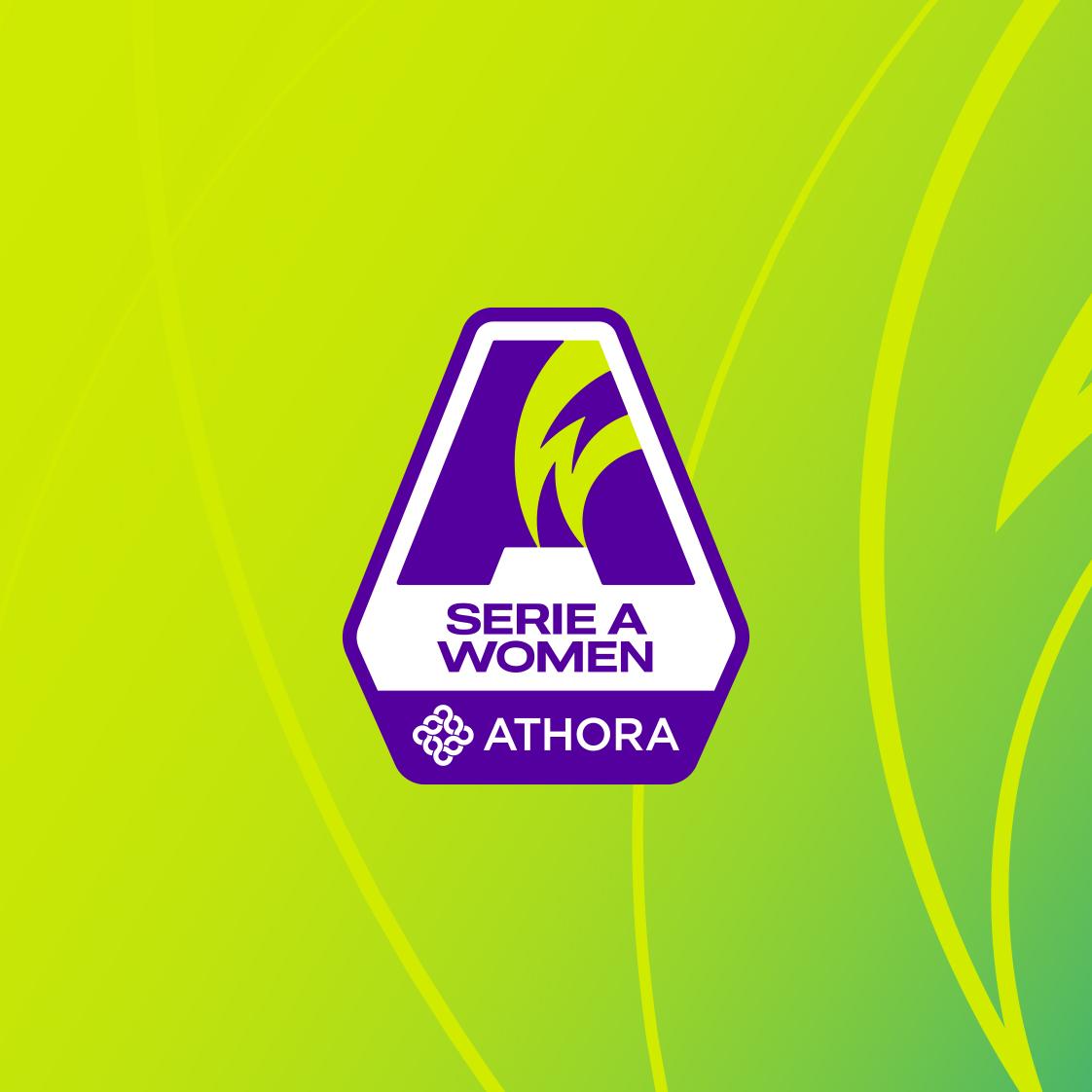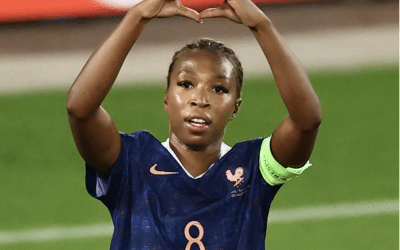When Italy reached the semifinals of UEFA Women’s EURO 2025, hopes were high that this would be a decisive turning point for women’s football in the country. More than 4 million viewers tuned in to Rai 1 to watch Italy’s thrilling encounter against England which marked the second-best audience ever for a women’s match in the country. The nation had already erupted in joy days earlier when Cristiana Girelli’s last-minute winner against Norway sent the Squadra Azzurre through to the last four.
The momentum was unmistakable. A record 39,027 fans attended Juventus’ win over Fiorentina in March 2025, marking a new attendance milestone for the Serie A Women. Italy had long only been a men’s football nation and not a football nation. But these numbers seemed to show it was ready to finally embrace its women’s game.
Yet behind the optimism lies a complex business reality. The Italian federation has struggled to sell media rights. Club losses are mounting following the professionalisation of the league. And, perhaps most strikingly, the gap between fan interest and investment remains wide.
Interest in women’s football in Italy at an all-time high – but not media attention
The Serie A Woman has become a top destination over the last years, attracting internationals like Kathrine Kühl or German midfielder Lina Magull. Kühl, the 22-year-old Danish international, joined AS Roma in January 2025. For her, playing in Italy is a great opportunity and she believes the league is underrated.
“I was supporting the Italians a lot during the Euro because I know how good these players are”, Kühl says, speaking to The Rise of Women’s Football. “The Serie A is already a very good league, technically very skilled. I hope that after this Euro, more fans will come and journalists will spread the word. It’s a really competitive league.” Kühl’s words reflect a wider sentiment among players and observers: the quality is there, but the recognition isn’t.
According to a survey by the Italian federation FIGC, interest in women’s football in Italy has increased sevenfold since 2019. 40% of Italians now express interest in the sport. The number of registered female players has more than doubled since 2008, surpassing 45,000. Especially encouraging is that youth participation has tripled in the 10–15 age group. However, this growing fan base is not yet matched by media visibility or sustainable investment.
Broadcast deals: A key for growth in women’s football – but Italy struggles
The optimism following the EURO 2025 was short-lived. Just weeks after Italy’s historical achievement, new headlines showed that much remains to be done in domestic women’s football. The Serie A Women’s Cup, a new competition involving all 12 top-flight clubs, struggled to attract bidders. Its two-season domestic rights package, initially priced at €220,000 by FIGC, received no offers initially. Then, a last-minute deal with Sky, NOW, and Vivo Azzurro TV was struck after private negotiations.
Regular league rights bring in only around €50,000 per club per season. This is roughly a tenth of what teams in Spain’s Liga F receive, and far below the levels seen in England’s WSL or the NWSL. The contrast to other leagues is stark. In England, the FA Cup broadcast deal with TNT Sports and Channel 4 marks record live coverage, with as many matches being shown live as never before. Across the Atlantic Ocean, the NWSL’s $240 million, four-year broadcast deal announced in 2023 set new standards for broadcast deals.
In Italy, broadcasters remain cautious, as the example of the Women’s Cup shows. Production costs, competition from men’s football, and a saturated sports market are often cited as barriers. Yet, more lucrative broadcast deals would be key for growth. Data by Deloitte shows that in women’s sports in 2025, 25% of the revenue comes from broadcast deals. For a club in men’s football, however, this share is 38% on average. These numbers suggest that a lot of potential remains untapped, especially in Italy. 220,000 € is a number that pales in comparison to those negotiated in England or the US. But even this seemed too high of an investment for broadcasters. This reflects a broader climate of skepticism in Italy, despite high interest.

Professionalization: Essential for the league’s growth but seen as a burden for now
Since turning fully professional in 2022, Serie A Femminile clubs have seen their operating costs rise from 18.7 million € to nearly 29 million €, on average. The hope was that improved infrastructure and higher wages would attract more fans and sponsors. So far, revenues have lagged behind: average club losses reached 3.3 million € in 2023–24.
To some extent, this is a normal development, says Luca Pastore, an Italian sports lawyer at Lombardi Associates who advises several clubs. Higher revenue can only be expected in the long term, Pastore explains speaking to The Rise of Women’s Football.
“Some club owners in Italy only see women’s football as an obligation, so they invest the bare minimum. Investing for the long term could be worth it, but not every club can afford it. I don’t perceive a lot of optimism when speaking to executives. Women’s football is still not seen as having big potential.”
Infrastructure remains another sore point. Lina Magull, who joined Inter Milan, criticized the lack of professionalism in basic matchday conditions. Even the pitch quality can fall short, the former Bayern player mentioned in an interview. Magull also remarked that public attention remains low. “There needs to be more promotion – about where we play, when we play. People don’t chat in bars about upcoming women’s matches”, she said in another interview.
EURO 2025: Turning point or short-lived enthusiasm?
Federica Cappelletti, president of Serie A Women, expressed optimism after the rights for the Women’s Cup had finally been sold. “I am convinced that the upcoming season will represent a continuation of the great enthusiasm that has been generated around our national team”, she said. Her words echoed those of Cristiana Girelli after the triumph at the EURO’s quarterfinals against Norway. “We know how important it is to bring home results in Italy, especially for the younger generations. We do it for our own glory, but there is a much deeper meaning: you can play soccer in Italy, and women can do it too”, the striker said.
Girelli and Co. delivered the results, but whether the feverish enthusiasm of the EURO can be turned into sustainable passion remains to be seen. For this to happen, a coalition of stakeholders would need to recognize the business potential that is undeniably there. This includes the media, clubs and, crucially, broadcasters. The federation, meanwhile, has done important steps in undertaking professionalization and reforming the league through a new playoff system. Public communication, though, especially on social media, could still be improved.
The EURO 2025 may have lit the spark. But whether it becomes a sustainable flame depends on whether Italy’s football establishment sees women’s football not as an obligation, but as an opportunity.
Text: Helene Altgelt



